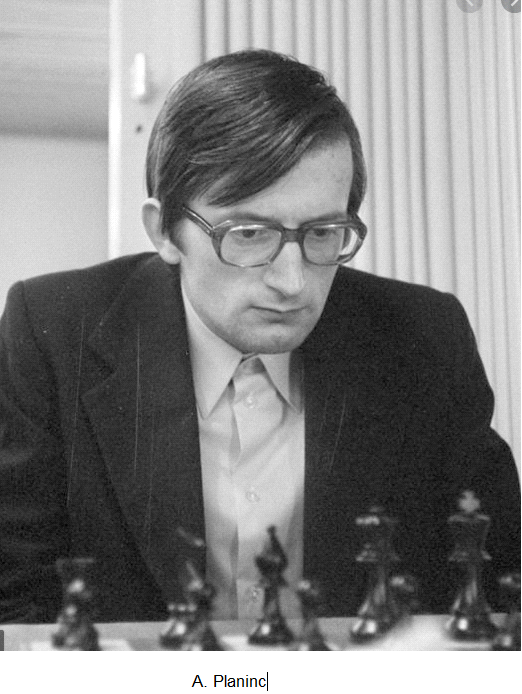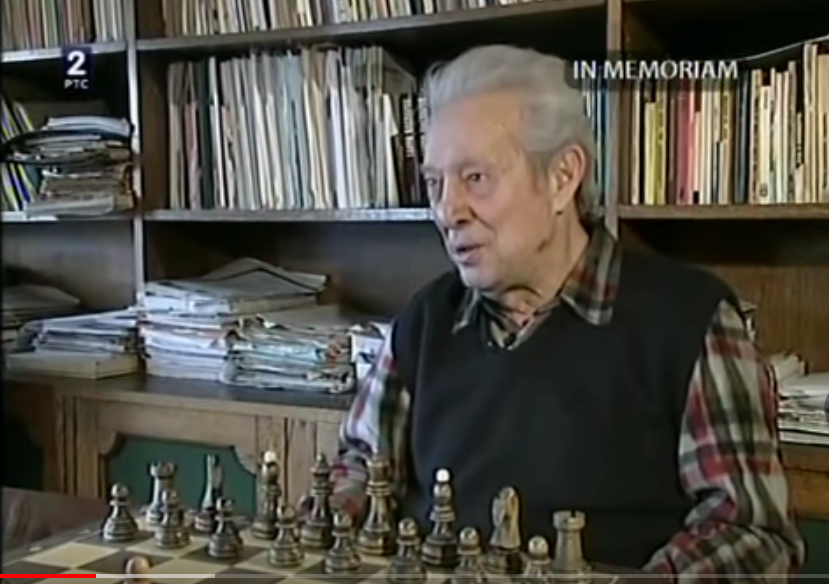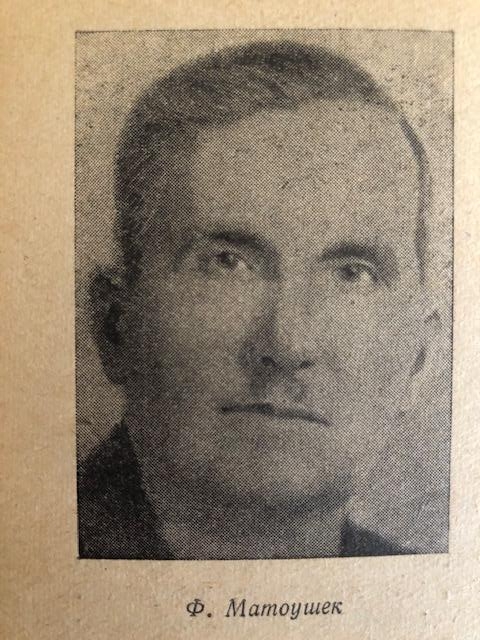Master's words

Five pawns against Queen and Knight is the theme of today's exercise. And it is not sad. A perfect study for a solution contest.
A new example of how the 2500 treat endgames. In this case a R + Pf + Ph against R, but much easier than most endgames with this material, for example Marciano-Relange and the dreadful Timman-Short. Kérès-Sokolsky is ignored, where Black lost because he allowed h5 & Rh4. Instead, h5 is allowed, then Rh3 is forced! Obviously, progress is not stopped. Then, they ignore that the RN is often better on h7 than on f7, in order to block the PBh, and so they do nothing to bring it there, nor to prevent the opponent from doing so. Result: three decisive mistakes on five consecutive moves. But this will not prevent so-called "pedagogues" from affirming that we play better than in the past, even the endings.
By comparison, a game of two strangers played in 1958, on a different theme. There are only two mistakes, the players not having imagined that there was a nice reciprocal zugzwang (or mutual zugzwang, some prefer to say). As already repeated many times, there is much more ZZ in tournament games than one imagines. No need for a collection of studies by Akobia, Vlasenko or Arestov!
Speaking of studies, a small instructive rescue illustrating a principle exposed by Chéron. I accompany it with its inspirer, a work by the other Georgian sorcerer. I hope that our dear Nino will take a look at the report


Two problem themes in game position, then the "homework" for the next session: more economical, but a little more difficult than the previous one.
Two games of the day on the King's Gambit, a... first in Saint-Lazare. The great Yugoslav player seems to regret that this beginning was dethroned by the Spanish game. And he didn't even know the Berlin poison: "ich bin kein Berliner"! When everyone has been so disgusted with the Spanish game (and therefore with 1 e4 e5 2 Cf3), when the King's Gambit becomes fashionable again, and, incidentally, when the games of the "great world players" of the 21st century will be less insipid, I know some who will regain a taste for competition.
For training, four mats in 2, one of them with a nasty trap, but which one? Then a 3# with a twin, by the former chronicler who brought so many kids to love the problem. Then a superb bohemian, a refreshingly easy Loyd, and a piece by the organiser of the next world congress, who is best known in the 2#. The two 4#'s are of opposite genres. In the helpmates for Daniel, the only difficult one is, in my opinion, the 2# helpmate with 3 solutions! Finally two selfmates: an ancestor of the Babson and a small puzzle where mat must be given by a pawn, but how?

Last minute: on the theme "we play better than in the past" we have seen even funnier this week. A player approaching 2800 draws a rook endgame on Sunday with one less pawn. On Thursday he finds himself with exactly the same ending. Do you think that the time spent on it, four days earlier, makes it even easier for him to defend? Not at all, he loses it! Keres, Botvinnik and Smyslov are howling with laughter from heaven as they follow the exploits of our supergrozens.
Thirty years ago, a player with a southern accent was laughed at for saying "the more I play it, the more I lose it". Here, we could paraphrase him more or less: draw positions, at 2800, I lose one out of two.
Add a comment